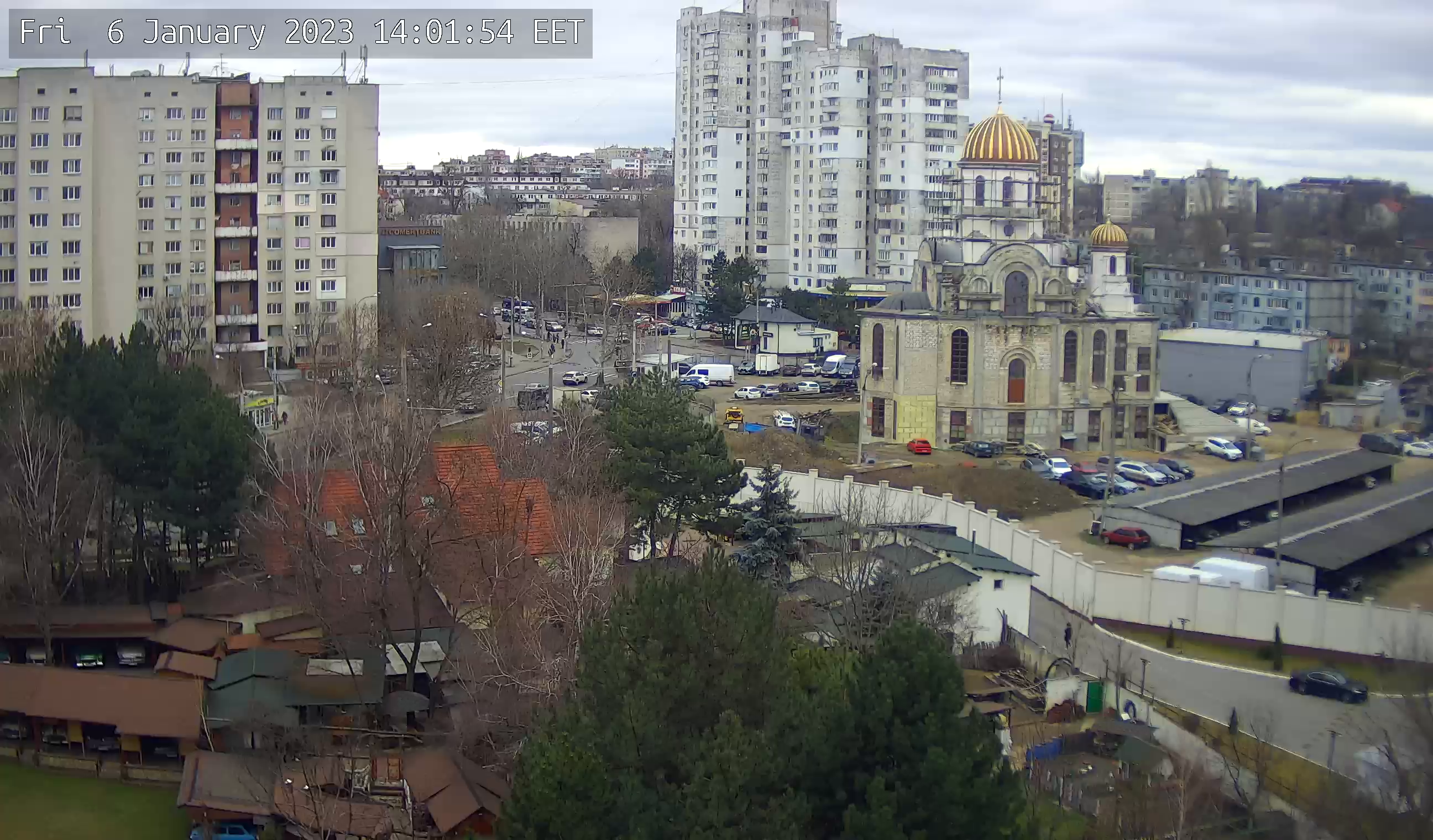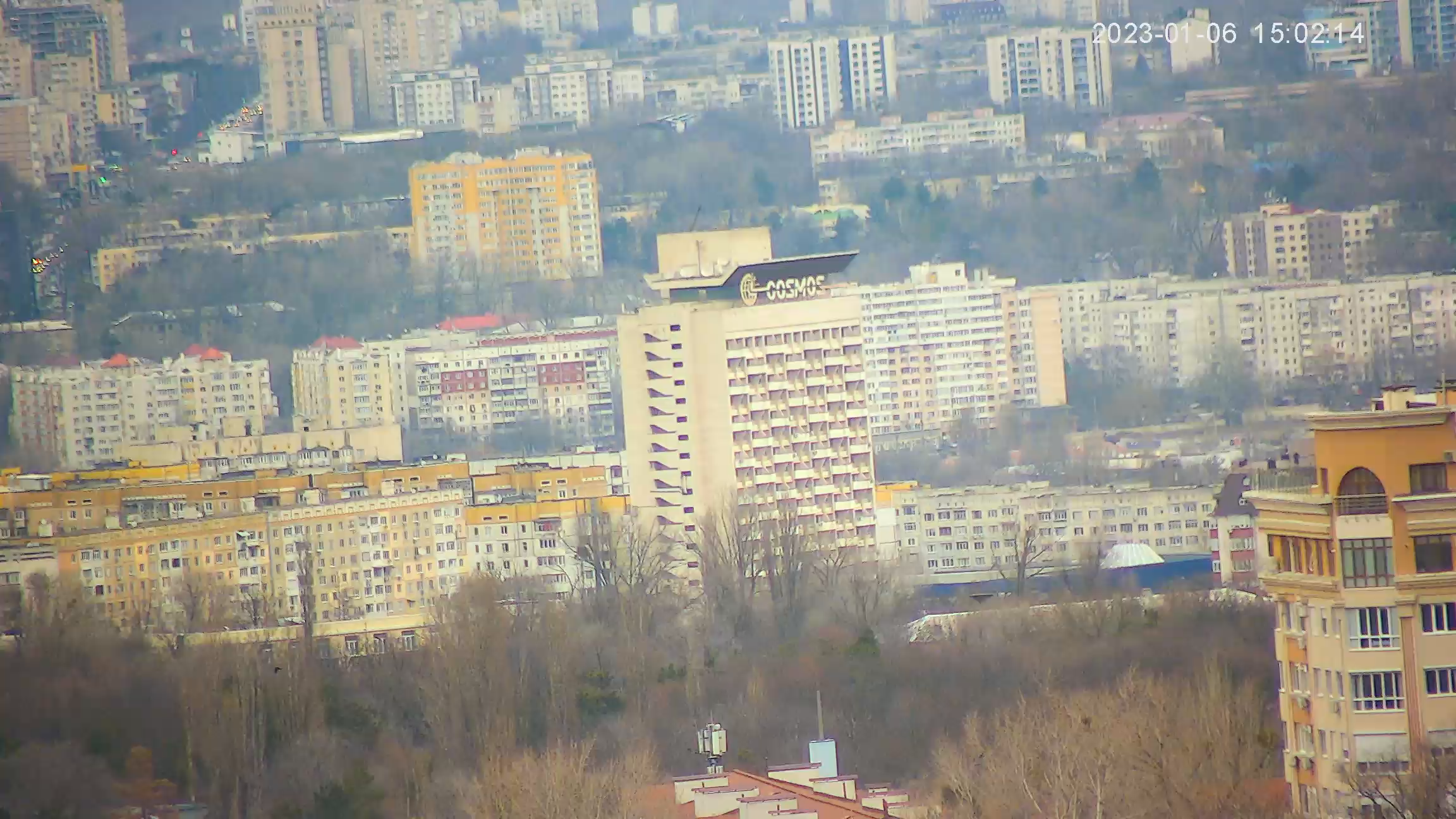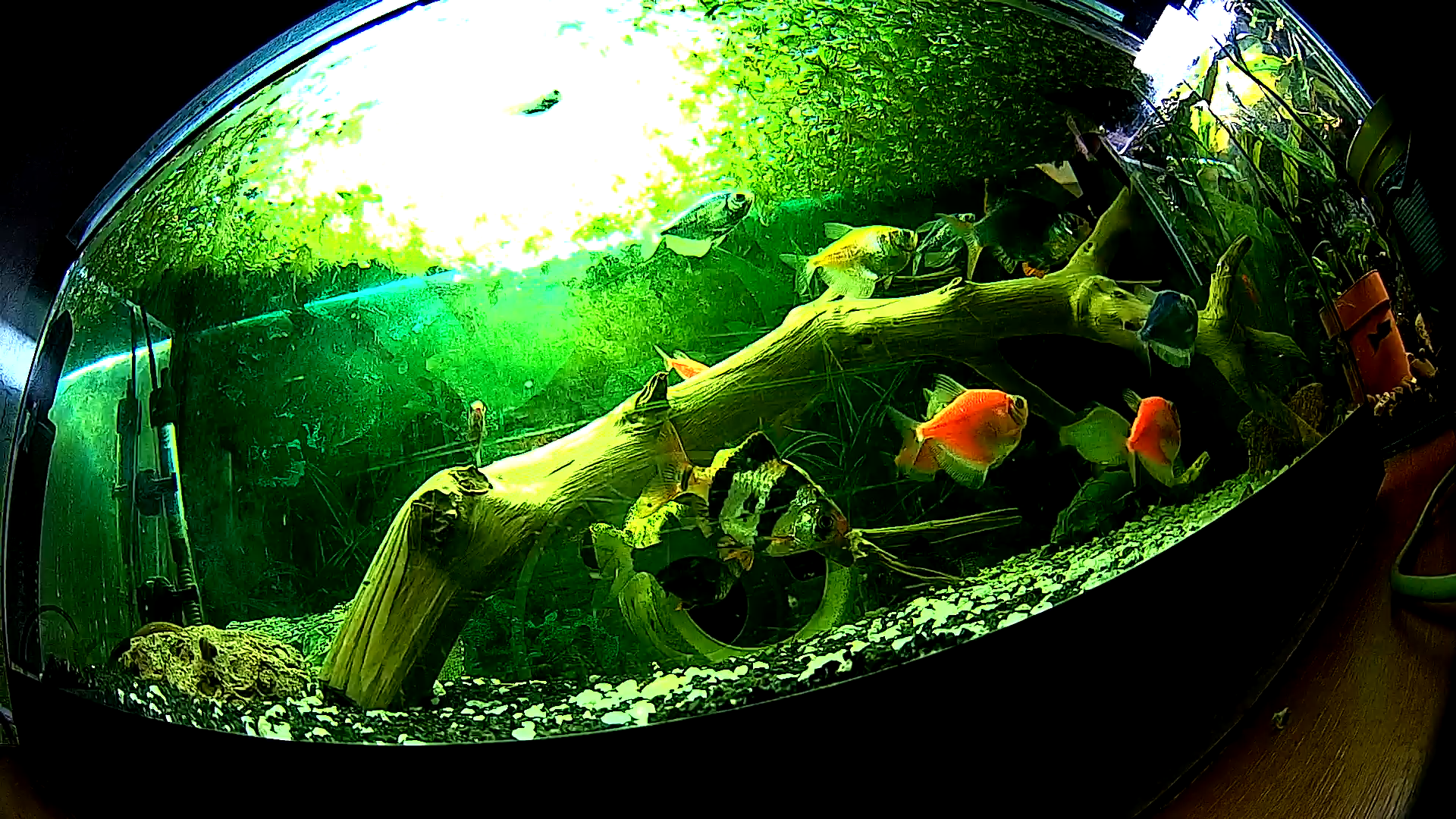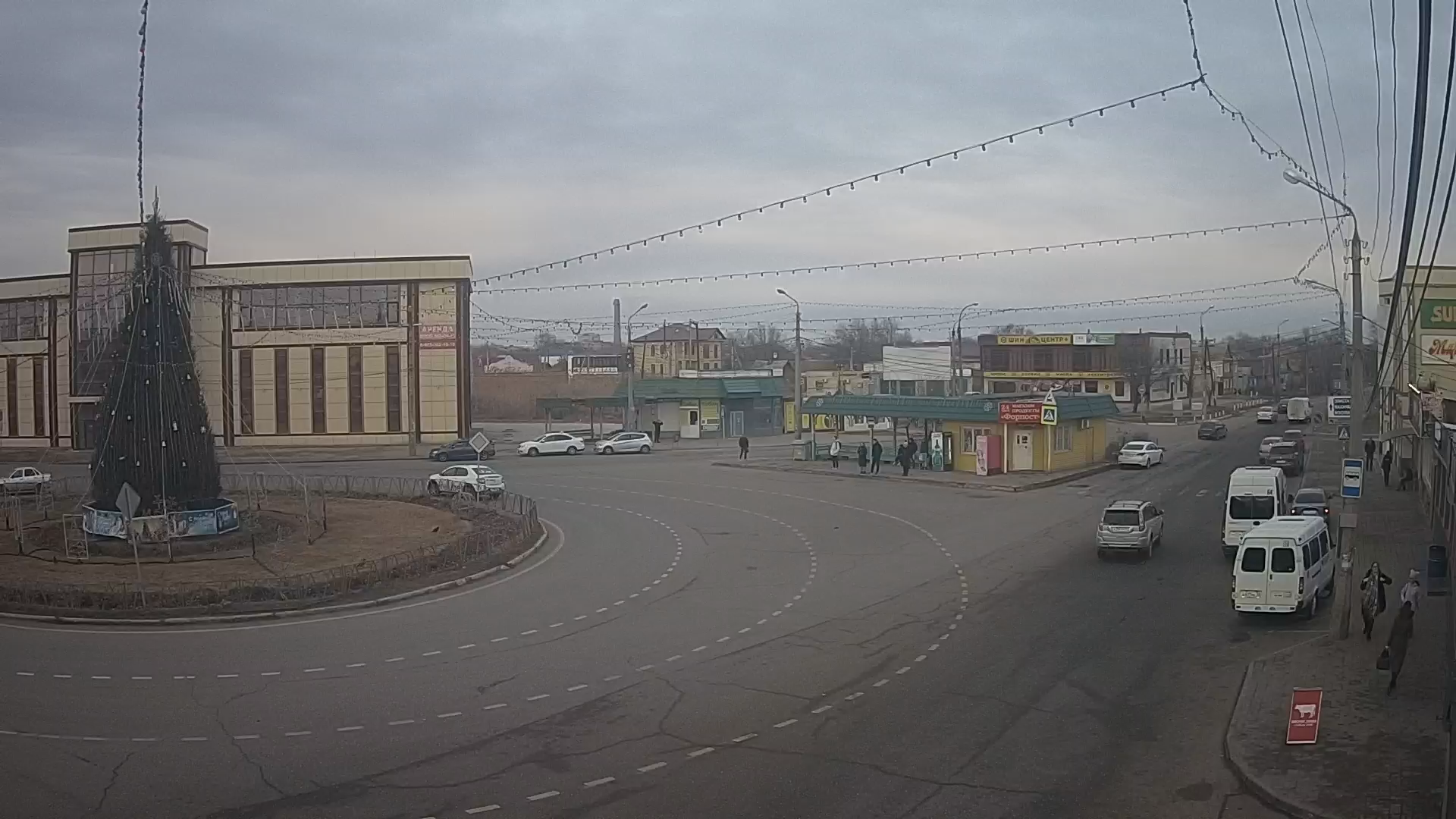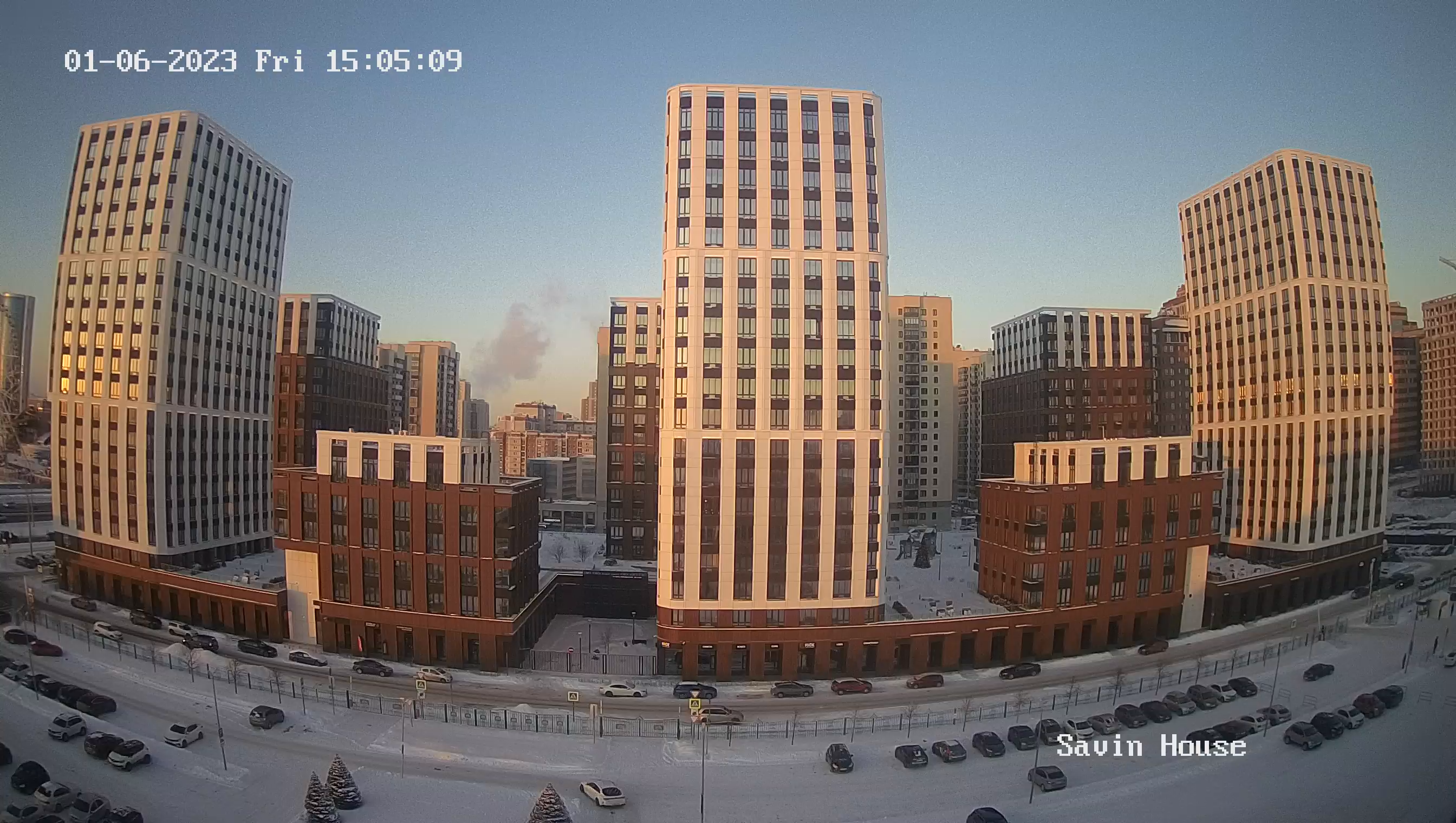Webcam Lipetsk. Victory Avenue online in real time
Victory Avenue is a major thoroughfare in the Oktyabrsky district of Lipetsk. It runs from Victory Square to Tankistov Square. Crosses the street Mekhanizatorov. Adjacent to the avenue: on the odd side - Michurin Street, Deputatskaya Street, 2nd Industrial Street, Budyonnogo Street, on the even side - streets of Young Naturalists, Dovator, Vodopyanova, Lilac Drive, Prospekt 60 let USSR.
So on May 5, 1965 in honor of the victory in the Great Patriotic War was renamed Kolkhoznaya Street. The roadway transitioned to the road Lipetsk - Voronezh.
In 1933 the Dikoye village was included in the city, and with it a part of the Voronezh highway, which ran along the north-west border of the village. On January 26, 1936 that part of the route, stretching from the former city border to the current stop Monument to Chernobyltsy (former stop "Autopark" until June 2011), got its own name - Kolkhoznaya Street. At that time it was built up with one-story houses.
In the early 1960s, the development of the avenue began with typical panel houses. As the city moved along the Voronezh highway in the same direction, Victory Avenue was also growing. In 1972, the 2nd bridge crossing (now Oktyabrsky Bridge) was built, and the avenue was extended to the turn to it.
In the late 1970s, it was decided to form a Southwest residential area on vacant land taken from the collective farms. Along the avenue, from today's Koltsevaya Square to the turn to the Oktyabrsky Bridge (where the so-called Tankistov Square is located), the 20th and 21st neighborhoods grew up in the 1980s. Each of them occupied 30-40 hectares with 15-20 thousand residents. In the 1990s, started building the 25th neighborhood in the area from the bus station to the streetcar line at the monument to the tankers.
At the end of the 1990s one of the first elite high-rise buildings in Lipetsk was erected on Victory Avenue (house number 20). It was built on the ruins of a former dairy, which had been there for more than 15 years. They were jokingly called "the Lipetsk coliseum".

